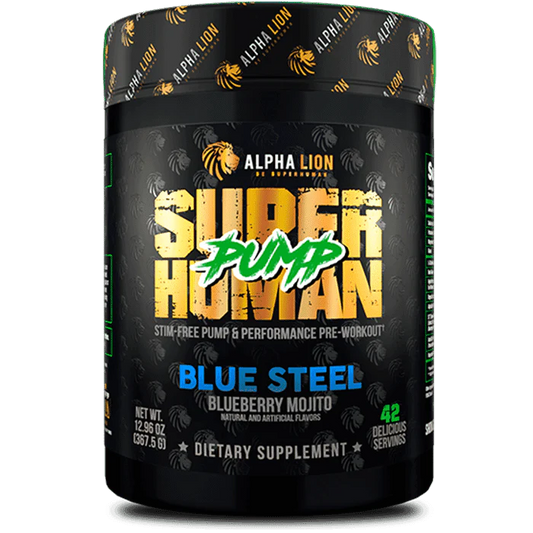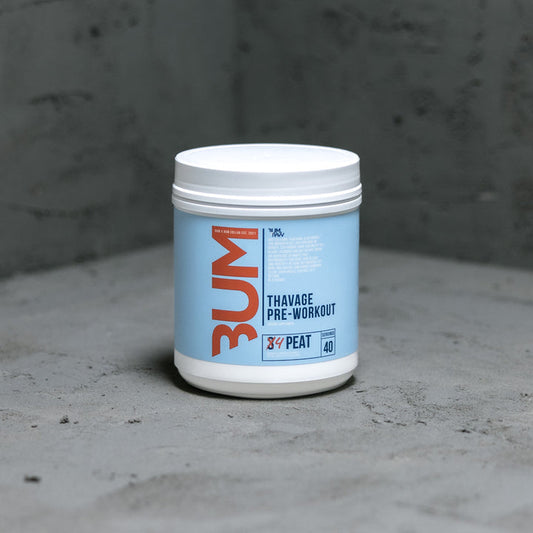The leg press allows you to move much more weight than squats since the machine supports your back. This makes it an excellent mass and strength building exercise for the lower body. However, to avoid injury and work the right muscles, using proper form on the leg press is critical. In this article, we will cover:
- Muscles worked by the leg press
- Benefits of the leg press
- Leg press variations
- Step-by-step guide to proper leg press form
- Common mistakes and how to fix them
- Safety considerations for the leg press
Muscles Worked
The primary muscles worked by the leg press are:
- Quadriceps - the large muscles on the front of the thighs. The rectus femoris, vastus lateralis, vastus medialis, and vastus intermedius are targeted.
- Hamstrings - the muscles on the back of the thighs. The leg press stimulates the semitendinosus, semimembranosus, and biceps femoris.
- Gluteus maximus - the main muscle of the buttocks.
- Gastrocnemius - the large calf muscle.
Secondary muscles worked include the adductors of the inner thighs as well as the soleus calf muscle. The leg press is thus an excellent compound exercise for building mass and strength in all the major muscles of the lower body.
Benefits of the Leg Press
Some of the benefits of the leg press include:
- Building leg strength - The leg press allows you to safely move very heavy weights that would be unsafe for squats without a spotter. This makes it an excellent strength builder.
- Developing the quadriceps - The leg press is arguably the best exercise for isolating and developing the quadriceps muscles of the thighs. It provides constant tension with a large range of motion.
- Increased muscle mass - By allowing heavier weights than squats, the leg press can stimulate superior muscle growth in both the quads, hamstrings and glutes.
- Improved athletic power - The strength built in the leg press directly transfers to increased sprint speed, jumping ability, and power for sports.
- Safer for the back - The seated position and supported back allow larger weights to be used safely compared to squats.
- Functional transfer - Sitting and pushing is a common movement pattern used in daily life and sports.
Overall, the leg press can build impressive leg strength and hypertrophy. It complements squats and lunges nicely in a leg training routine.
Leg Press Variations
There are several variations of the leg press which work the muscles in slightly different ways:
- Horizontal leg press - This is the standard leg press with the backrest at a 45 degree incline and knees at a 90 degree angle. The exercise mimics a horizontal squat movement pattern.
- Vertical leg press - Here the backrest is vertical at a 90 degree angle. This forces the knees to travel back further emphasizing the glutes and hamstrings.
- Single leg press - One leg is placed on the platform while the other extends straight out. This variation increases the stability challenge.
- Reverse leg press - Some leg press machines allow reverse motion where you push the weight away from you. This targets the back of the legs more.
- Calves press - Here the lower calves rest on the platform while the upper calves and foot extend over. This isolates the gastrocnemius muscles.
Proper leg press form will be the same for each of these variations - the only difference is the angle and position of the backrest.
Proper Leg Press Form and Technique
Here are step-by-step instructions for performing the leg press with proper form:
1. Adjust the seat height - Sit on the machine and adjust the seat height so your knees are bent at a 90 degree angle in the starting position.
2. Position your feet - Place your feet shoulder-width apart in the middle of the platform about hip-width apart. Keep the feet flat with toes facing forward.
3. Release the stops - Unlock the sliding platform's safety stops so you have full range of motion.
4. Grab the handles - Take hold of the handles on the sides of the machine for support and stability. Keep the head back against the pad.
5. Inhale and lower the platform - Breathe in slowly and lower the weight by bending the knees until they approach 90 degrees, but not locking out. Keep the hips and back flat on the pad.
6. Press back up - Exhale, drive through the heels and push the platform back up to the starting position while squeezing the glutes. Avoid locking the knees.
7. Repeat - Repeat for the desired number of reps keeping proper leg press form. Breathe out on exertion, breathe in on release.
8. Lock the stops - Once finished, be sure to lock the sliding stops back in place.
To maximize muscle activation and safety, there are several key form cues to remember:
- Maintain flat back contact - Keep the hips, glutes, shoulders and head pressed into the backrest throughout. Avoid arching the back.
- Initiate with the heels - Drive through the heels when pushing the platform away from you. Avoid pressing from the toes which reduces glute and hamstring activation.
- Control the descent - Lower the platform in a slow, controlled fashion avoiding any fast drop down. Keep muscles engaged.
- Avoid locking knees - Prevent injury by maintaining a soft knee bend both at the top and bottom.
- Full range of motion - For maximum quad development, sink deep enough to approach 90 degrees of knee bend on the descent.
- No bouncing - All reps should be smooth without bouncing or jerking the weights up.
Keeping these form points will ensure you safely work the leg musculature effectively on the leg press.
Common Mistakes
Some common leg press mistakes include:
1. Limited range of motion - Not lowering the platform enough fails to provide full muscular activation and development through a partial range of motion.
2. Rounding the back - Arching the back shifts stress to the lower back rather than the legs. Maintain flat back contact with the pad.
3. Unlocking the knees - Avoid locking the knees both at the bottom and top as this can cause injury due to the heavy loads used.
4. Pressing from the toes - Driving through the toes rather than heels decreases hamstring and glutes stimulation.
5. Bouncing the weight - Using momentum rather than control reduces tension on the target muscles. Lift and lower smoothly.
6. Gripping the knees - Placing hands on the knees shifts stress incorrectly through the joints rather than musculature.
7. Head lifted off pad - Lifting the head puts excessive pressure on the neck. Keep head resting back.
Correcting these errors will improve leg press technique, muscle activation, and safety.
Safety Considerations
When performing the leg press, there are some important safety considerations:
- Use safety stops - Be sure to use the sliding stops appropriately on the machine to prevent losing control of the weight.
- Don't exceed your capability - Progress slowly with heavier weights avoiding compromising form. Maintain control.
- Avoid injury-prone positions - Do not lock the knees out and avoid rounding the back.
- Keep feet positioned properly - Placing the feet poorly on the platform can cause knee strain. Use flat stable shoes.
- No bouncing - Control the weight smoothly without jerking as this places excessive forces on the knees.
- Monitor breathing - Breathe out on exertion, breathe in on release, and avoid holding the breath to maintain proper blood pressure.
- Use a spotter - For forced repetitions or when fatigued, a spotter can assist with slightly raised hands to reduce injury risk.
Using proper leg press form while taking these precautions maximizes results while minimizing injury potential.
Conclusion
The leg press can build impressive quadriceps, hamstrings and glutes development. By following the proper techniques outlined, you can safely perform leg presses with optimal muscle activation. Be sure to use a full range of motion with controlled form, and progress slowly to avoid injury. Combined with squats and lunges, the leg press is a core lower body exercise.
By mastering proper leg press technique, you can safely build lower body muscle and strength. Use this guide to perfect your form and get the most out of this great exercise.




